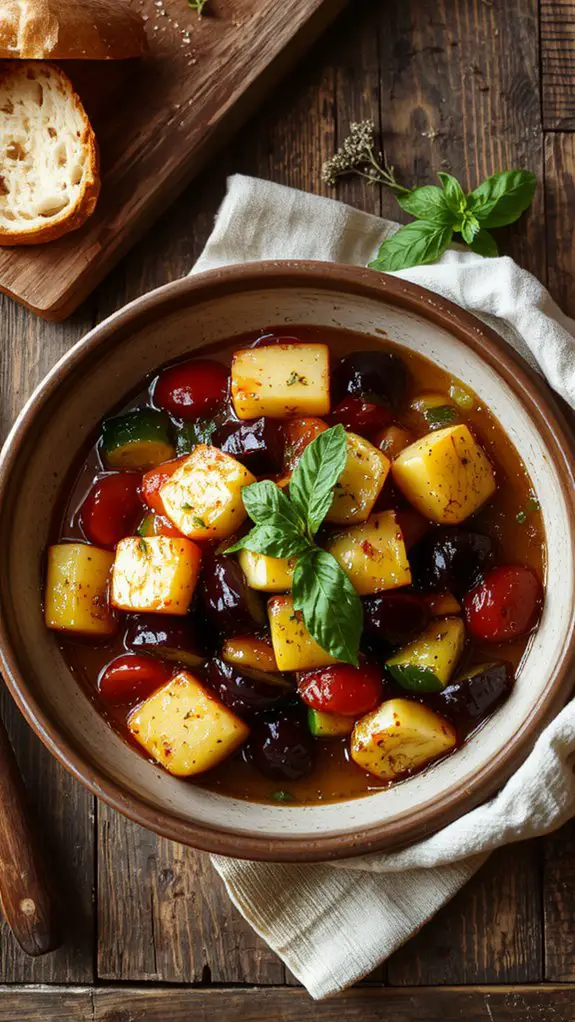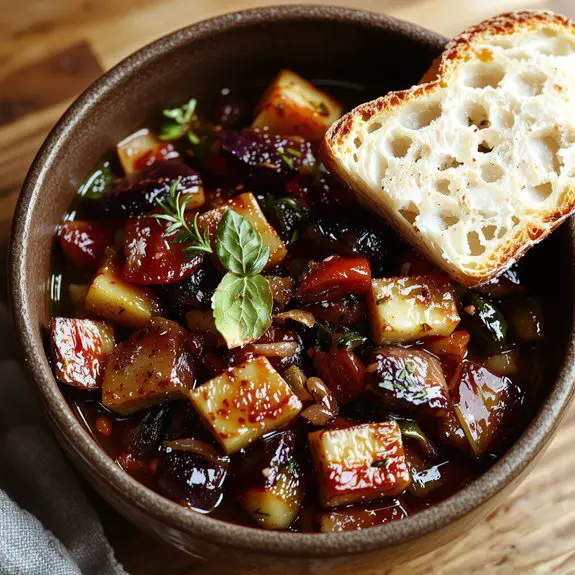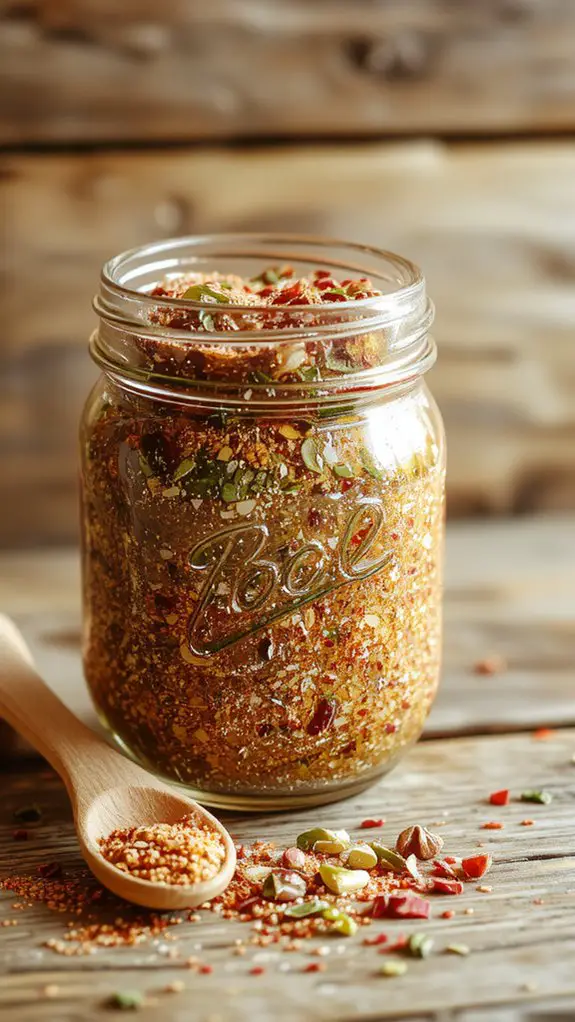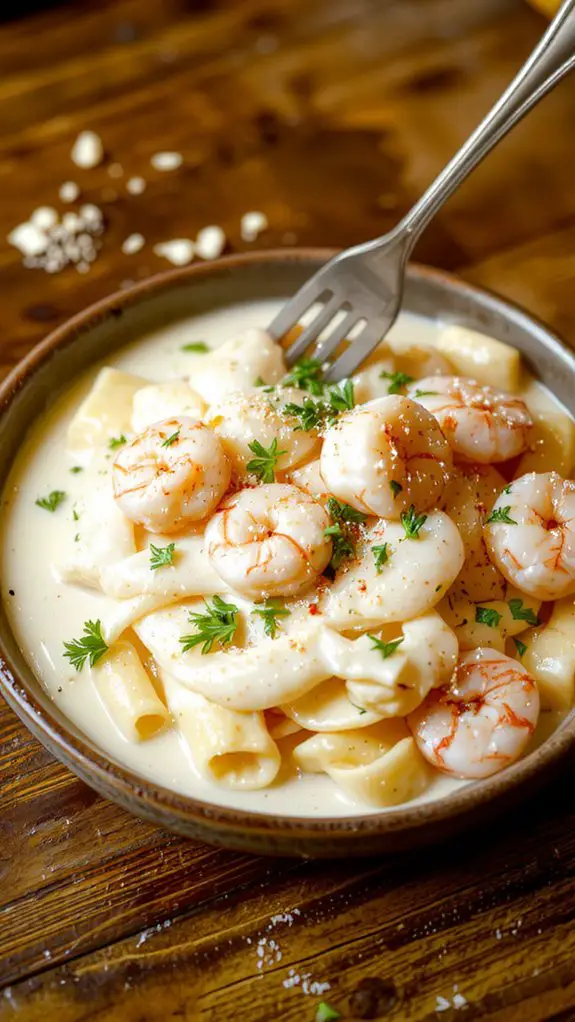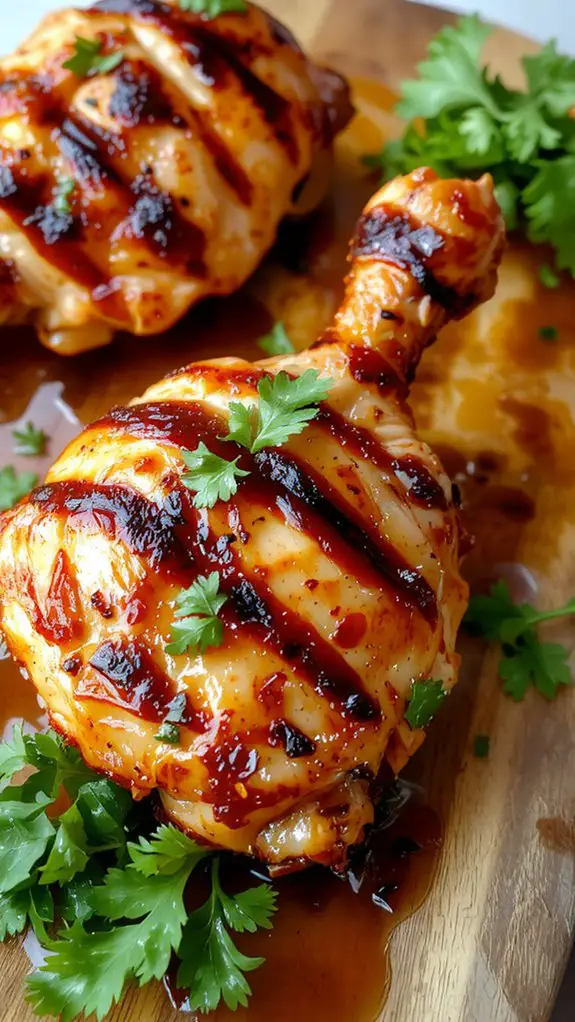Recipe
This ratatouille recipe is the kind of dish that will make you wonder why you haven’t been making it every week. Seriously, it’s that good. Packed with vibrant, seasonal vegetables slow-cooked to perfection, it’s a celebration of summer flavors in every bite.
What makes this version special? The secret is in the layering—each vegetable gets its moment to shine, ensuring a medley of textures that’s both tender and hearty. I’ve made this for countless dinners, and it’s always a showstopper, whether served as a main course or a cozy side.
The smell alone—garlic, herbs, and roasted veggies—will have everyone gathering in the kitchen. Don’t let the fancy French name fool you; it’s simple to make and feels like a warm hug in a bowl. Trust me, once you try it, you’ll be hooked.
Ingredients
For the ultimate ratatouille, fresh, seasonal vegetables are key—they bring vibrant flavor and texture to this classic Provençal dish. Here’s what you’ll need, along with tips and swaps to make it your own.
- Eggplant (1 medium): Look for firm, glossy eggplants. If too bitter, sprinkle slices with salt and let sit for 15 minutes to draw out moisture, then rinse and pat dry. Swap with zucchini if needed.
- Zucchini (1 medium): Adds a mild, sweet flavor. Yellow squash works as a colorful substitute.
- Bell peppers (2, preferably red and yellow): Brings sweetness and crunch. Orange or green peppers work too, but red and yellow add a vibrant hue.
- Tomatoes (4 medium or 1 can of crushed tomatoes): Fresh, ripe tomatoes are ideal, but canned crushed tomatoes are a great time-saver. Don’t skip the tomatoes—they create the rich base.
- Onion (1 large): Yellow or white onions work best for their sweet, mellow flavor. Shallots can be used for a more delicate taste.
- Garlic (3-4 cloves): Fresh garlic is non-negotiable—it adds depth and aroma.
- Fresh herbs (a handful of basil and thyme): Basil and thyme are essential for that authentic Provençal flavor. Dried herbs can work in a pinch, but fresh herbs are worth the effort.
- Olive oil (¼ cup): Use extra-virgin for richness and flavor. It’s the backbone of the dish—don’t skimp!
- Salt and pepper: Season generously to enhance the natural flavors of the vegetables.
Little Wins: A splash of balsamic vinegar or a sprinkle of fresh parsley at the end can elevate the dish to restaurant-level perfection.
How to Make the Best Classic Provençal Ratatouille
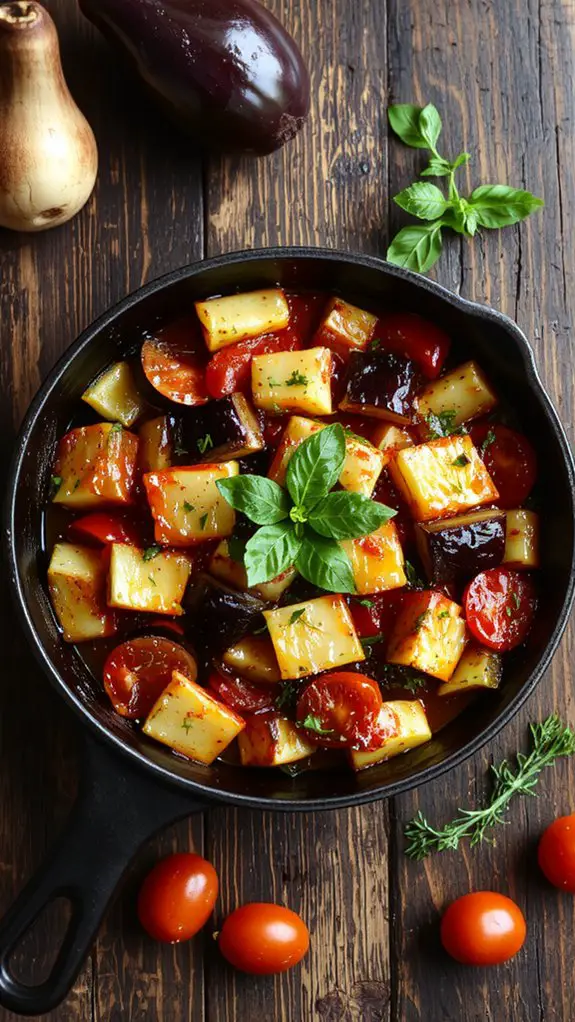
– Prep your vegetables: Dice the eggplant, zucchini, bell peppers, and tomatoes into even-sized pieces. Uniformity guarantees even cooking.
Thinly slice the onion and mince the garlic—these will form the flavorful base of your dish.
– Salt the eggplant: Sprinkle diced eggplant with salt and let it sit for 20-30 minutes. This draws out excess moisture and bitterness.
Rinse and pat dry before cooking.
- Cook the aromatics: Heat olive oil in a large pot or Dutch oven over medium heat. Add the onion and garlic, cooking until softened and fragrant. This creates a flavorful foundation for the dish.
- Sauté the vegetables in stages: Start with the eggplant, cooking until golden and tender. Remove and set aside.
Repeat with the zucchini and bell peppers. Cooking each vegetable separately prevents them from steaming and becoming mushy.
– Combine and simmer: Return all the vegetables to the pot and add the tomatoes, thyme, bay leaf, and a pinch of salt.
Simmer gently for 30-40 minutes. This melds the flavors and softens the vegetables without overcooking them.
– Adjust seasoning: Taste and add salt, pepper, or a drizzle of olive oil if needed.
Fresh herbs like basil or parsley can be stirred in just before serving for a bright finish.
– Serve: Ratatouille improves with time, so let it rest for at least 10 minutes before serving.
Pair it with crusty bread, rice, or enjoy it as a standalone dish. It also tastes even better the next day.
Pro Tip: For a shortcut, roast the vegetables in the oven instead of sautéing. Spread them on a baking sheet, drizzle with olive oil, and roast until tender, then combine in a pot with tomatoes and herbs.
Watch-Out Warning: Avoid overcooking the vegetables—they should retain some texture rather than turning into a mushy stew.
Nutrition
This homemade ratatouille is a nutritious dish packed with vitamins and minerals. Here’s the nutritional breakdown per serving:
| Nutrient | Amount per serving |
|---|---|
| Calories | 120 kcal |
| Protein | 3 g |
| Fat | 7 g |
| Carbohydrates | 12 g |
| Fiber | 4 g |
| Sugar | 7 g |
| Sodium | 320 mg |
Chef Tips
While ratatouille is packed with nutrients, getting the flavors and textures just right can make a big difference.
I always sauté the onions and garlic first to build a flavor base.
Don’t overcook the vegetables—they should be tender but still hold their shape.
Season in layers, and finish with fresh herbs like basil or thyme.
A splash of balsamic vinegar brightens it all up beautifully.
Frequently Asked Questions
Can I Freeze Ratatouille for Later Use?
Yes, I can freeze ratatouille for later use—it freezes well. I’ll let it cool completely, portion it into airtight containers or freezer bags, and store it for up to three months. Thaw it in the fridge before reheating.
What Wine Pairs Best With Ratatouille?
I’d recommend a light red like Pinot Noir or a dry rosé with ratatouille—they complement the veggies without overpowering them. If I prefer white, a crisp Sauvignon Blanc works well to balance the dish’s flavors.
Is Ratatouille Gluten-Free and Vegan?
Yes, ratatouille is both gluten-free and vegan as long as I don’t add non-vegan ingredients. It’s made with vegetables like eggplant, zucchini, tomatoes, and herbs, so it’s naturally safe for gluten-free and vegan diets.
How Long Does Homemade Ratatouille Last in the Fridge?
I’d say homemade ratatouille lasts about 3-5 days in the fridge if stored in an airtight container. I always check for off smells or mold before eating leftovers—better safe than sorry!
Can I Use Canned Vegetables Instead of Fresh?
I’d recommend fresh veggies for the best flavor, but you can use canned if that’s all you’ve got. Just drain them well—they’ll be softer, so adjust cooking time to avoid mushiness.

